That's a good call about Hana Lima, Philip. I have dealt with them a few times (from here in the UK). By the way, their pre-slotted fingerboards are for a 13.5" scale, and are LONG! More useful for 14 fret necks, otherwise you tend to start overhanging the soundhole at the other end.
They are also, in my opinion,
much too thick and would result in having to have a bridge that is too tall and strings too high over the body, but its an easy task to plane them thinner (before fretting). I simply fasten them to a workboard (fret slot face down) with double sided tape, and then use a good smoothing plane on them, and testing for thickness at each corner and the centre quite often.
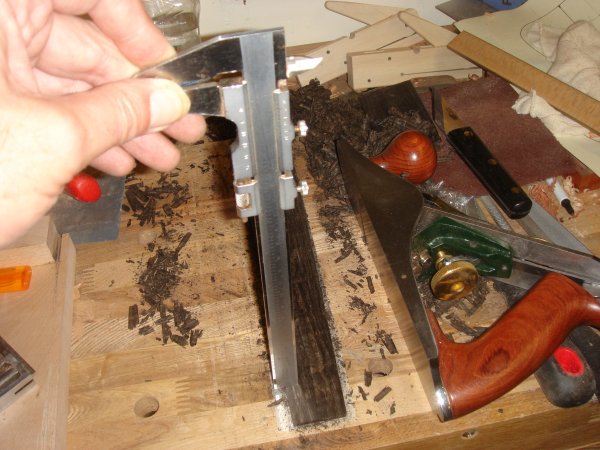
You do need to be careful getting it off the double sided tape afterwards as it is fairly fragile. I work carefully using a thin palette knife.
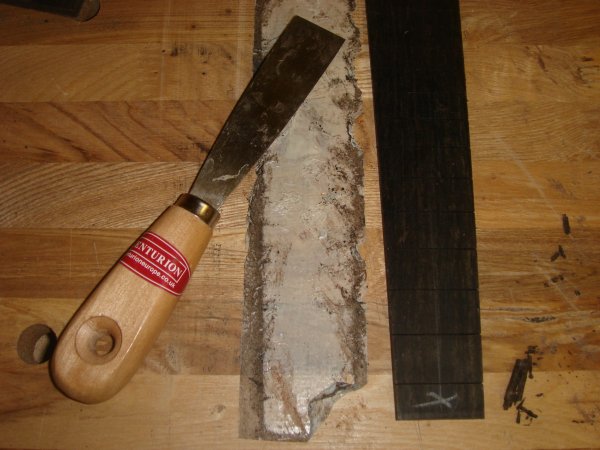
A lot in the proportions of your uke design depends on the scale length and the fingerboard that you are using! Neck length to the body (i.e. length of neck) to get it at the 12th or 14th fret
depending on the scale length. The position of the soundhole if using a long fingerboard rather than a 12 fret fingerboard. Then the position of the bridge in the "sweet spot" as Phillip mentioned.
Here's what can happen to the fingerboard using the Hana Lima pre-slotted one on a 12 fret neck and a standard bodied uke. There are too many slots for comfort. And I have already cut the last one off!
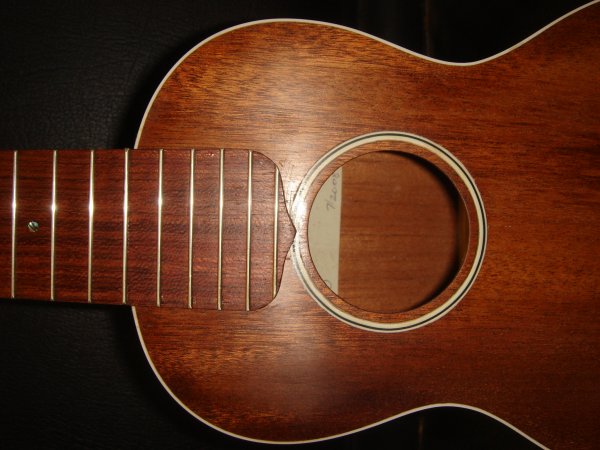
This is a Hana Lima fingerboard with the 13th fret over the end of the neck/body joint, with the soundhole marked on it in the normal position, and also a bit further south.
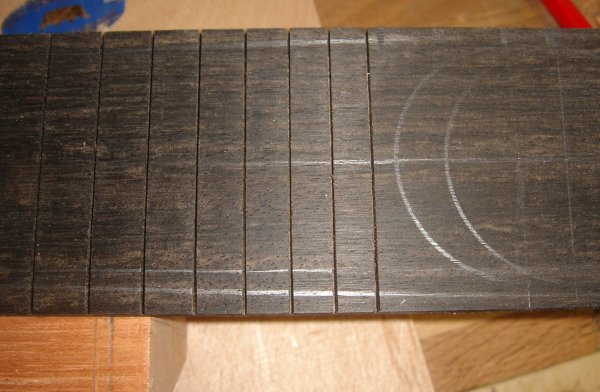
Having said that, buying ready slotted fingerboards saves a lot of work, and also the cost of setting up with jigs, templates and saws to do it! If you go the route of slotting your own fingerboards, then it is worth considering that "cheat" I mentioned above in using the Stewmac jig, with a mandolin fretting template. But be aware that you need to look at the neck length, soundhole position and the bridge position, which will move from your "standard" ukulele plan. Hint... you don't need a store bought ukulele plan, you need a uke to copy, and then still you need to adjust things to fit the scale length you are using. My recommendation would actually be to start with a Stewmac uke kit, which teaches you a heck of a lot about building a uke and its design, and it makes a fine instrument too! This one was my very first uke, from a Stewmac kit, but with a few little alterations.
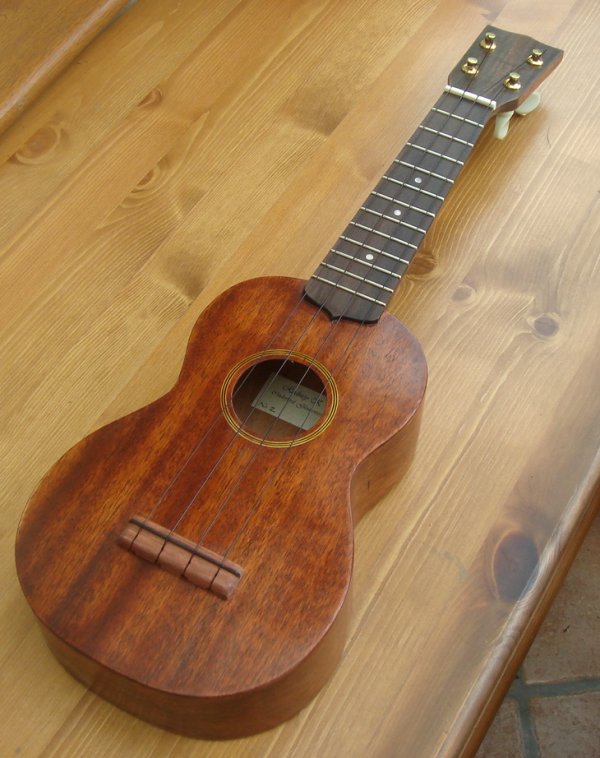
The ukes that I am now building are sopranos, but to my own plans, and even of a different shape... basically like this... which I based on the shape of my Martin 12 fret to the body dreadnought guitar.
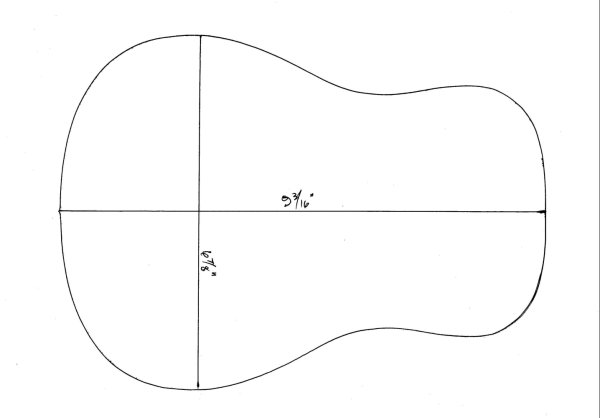
Rod



